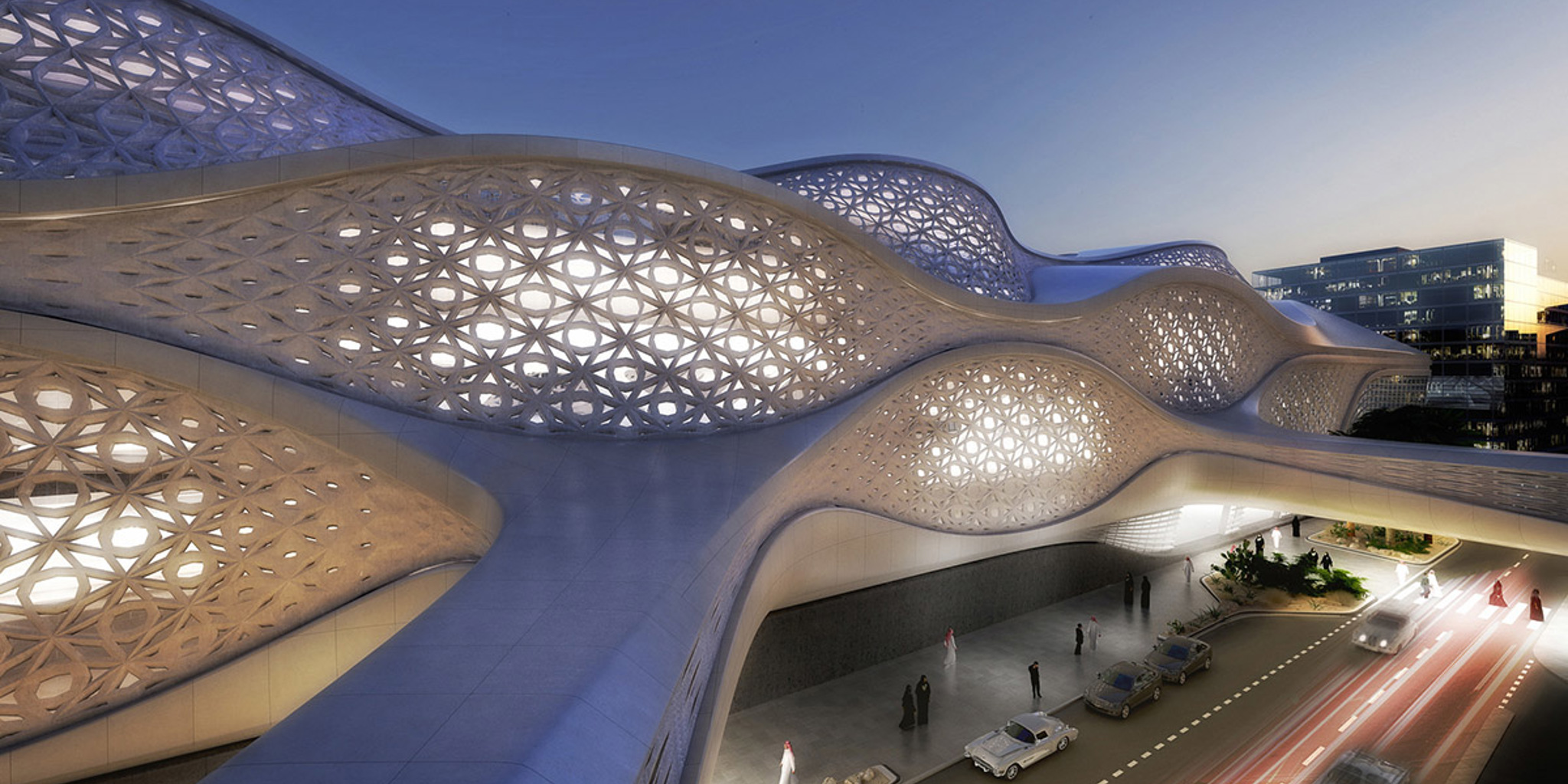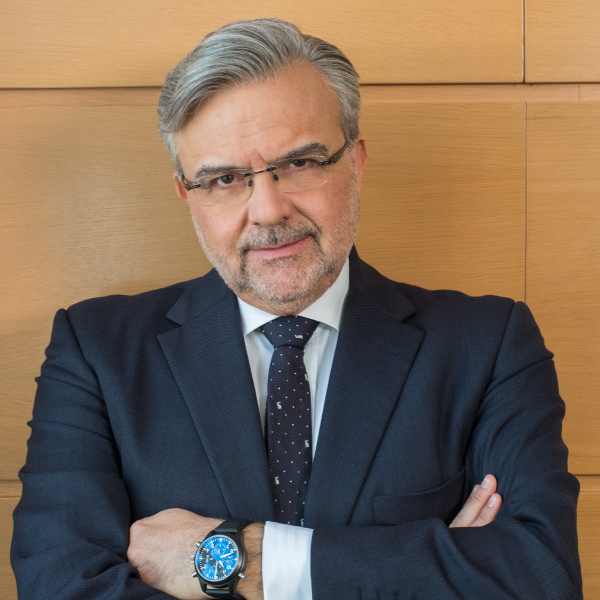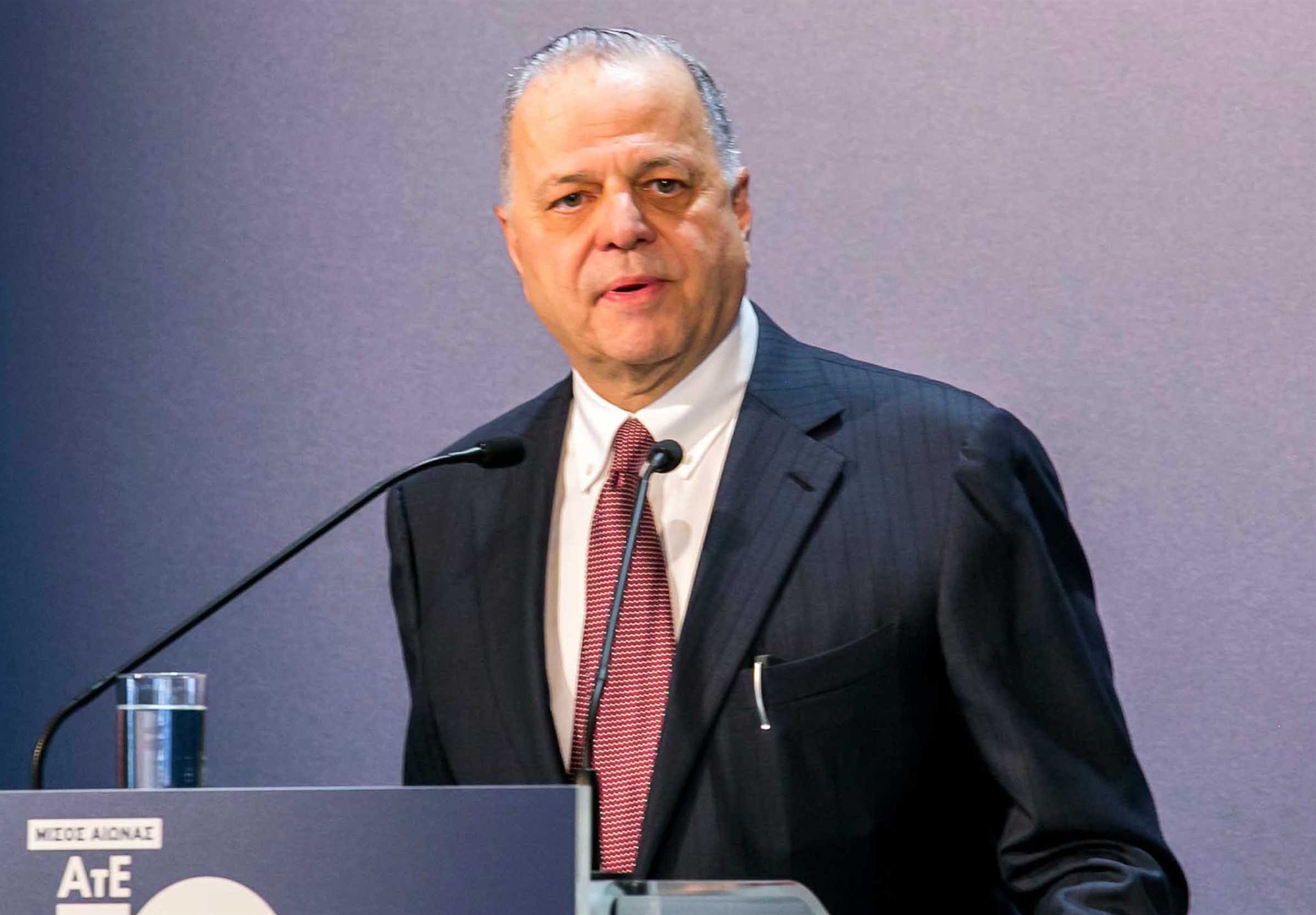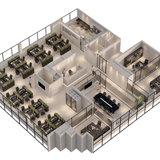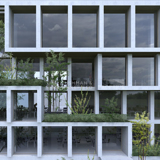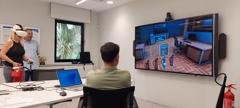The King Abdullah Financial District (KAFD) Metro Station will serve as a key interchange on the new Riyadh Metro network for Line 1, as well as the terminus of Line 4 (for passengers to the airport) and Line 6. The local monorail can also be accessed from the station via a skybridge.
With six platforms over four public floors and two levels of underground car parking, the KAFD Metro Station will be integrated within the urban context of the financial district, responding to the functional requirements of a multimodal transport centre and the district’s future vision.
The project extends beyond the simple station typology to emphasize the building’s importance as a dynamic, multi-functional public space; not only an intermediate place perceived through quick transitions, but also a dramatic public space for the city.
According to Harry Ibbs, Head of BIM and Workflows at Zaha Hadid Architects, statement in an exclusive interview with the World Architecture Community, "the Architecture, Engineering and Construction (AEC) industry is not yet fully digitized and is well behind the aerospace industry, manufacturing industry, as well as the product and consumer goods industries such as the car manufacturers -Mercedes or McLaren- whose factories we often visit and listen to the production managers, or the technical managers".
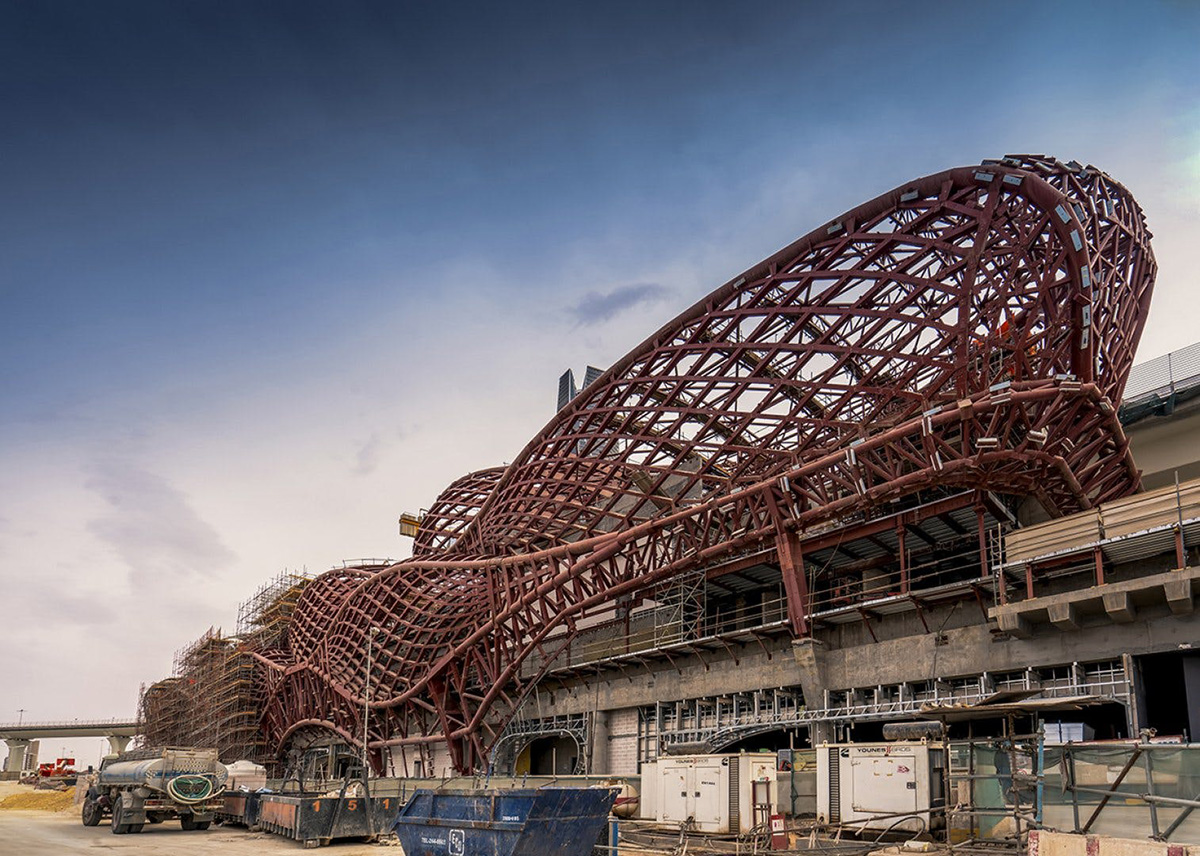
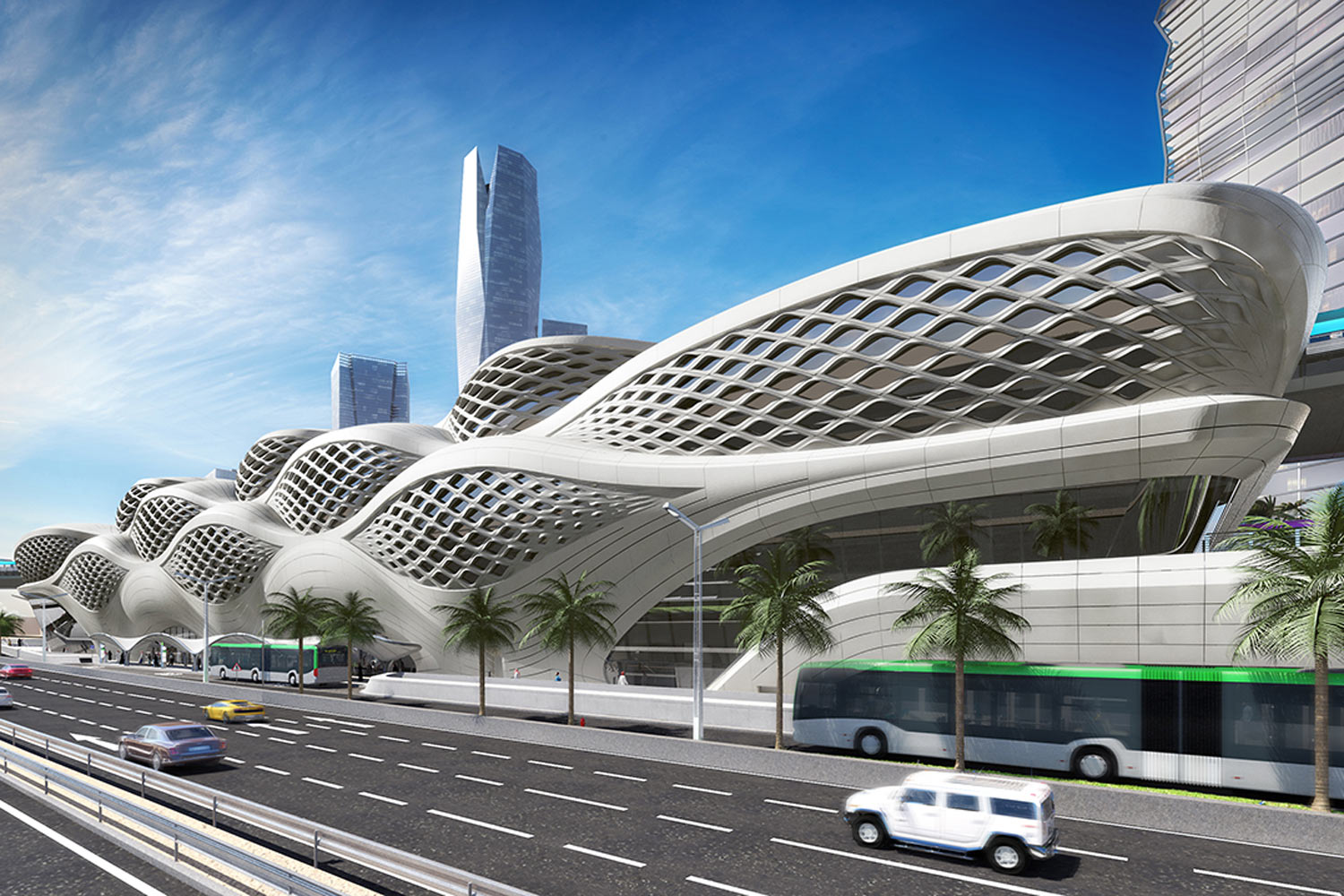
The design by Zaha Hadid Architects places the station at the centre of a network of pathways, skybridges and metro lines envisaged by the KAFD master plan. Connectivity diagrams and traffic across the site have been mapped and structured to clearly delineate the pedestrian routes within the building, optimize internal circulation and avoid congestion.
The façade patterning reduces solar gain while it’s geometric perforations contextualize the station within its cultural environment. The overall composition resembles patterns generated by desert winds in sand dunes, where multiple frequencies and repetition generate complex natural formations.
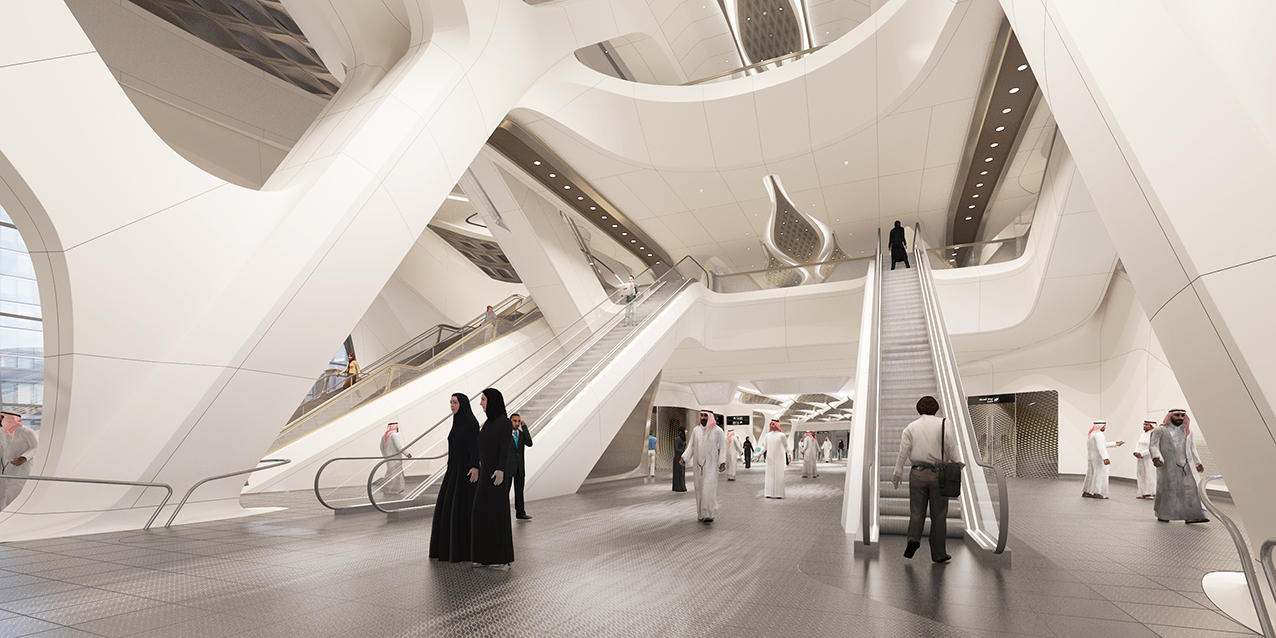
The resulting configuration is a threedimensional lattice defined by a sequence of opposing sine-waves (generated from the repetition and frequency variation of station’s daily traffic flows) which act as the spine for the building’s circulation. These sine-waves are extended to the station’s envelope and strictly affiliated to its internal layout, translating the architectural concept to the exterior.
The main element of the station is its three-dimensional latticed steel frame defined by a sequence of opposing sinusoidal lattices that receive the building's main traffic flows.
The outer steel frame weighs 4,237 tonnes with another 2,785 tonnes for the inner steel structure.
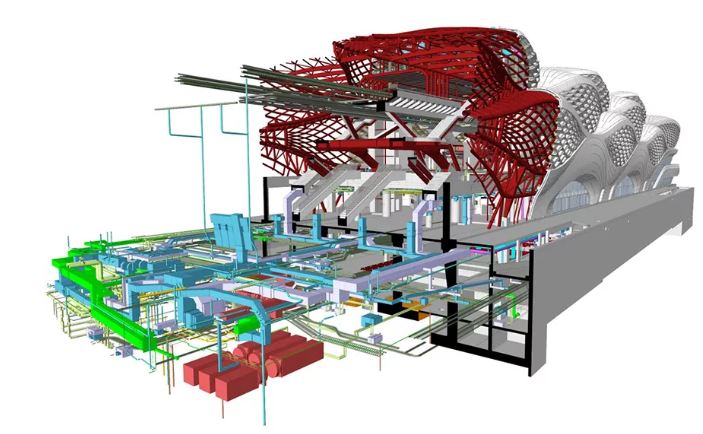
Prioritizing "connectivity" within, all projected train, car, and pedestrian traffic in the area has been mapped and structured to optimize internal traffic and avoid congestion.
These sine waves extend into the station envelope and are strictly connected to its internal layout, translating the architectural concept to the exterior.
The facade of the metro station features a special pattern that reduces sunlight, while geometric perforations integrate the station into its cultural environment.
photos© Faisal Bin Zarah
